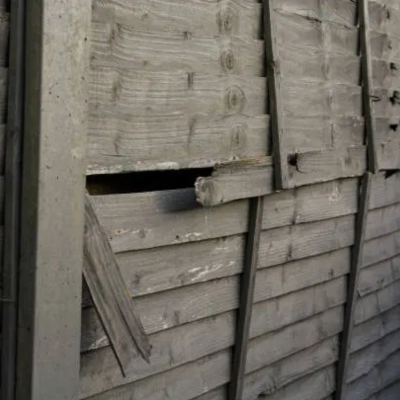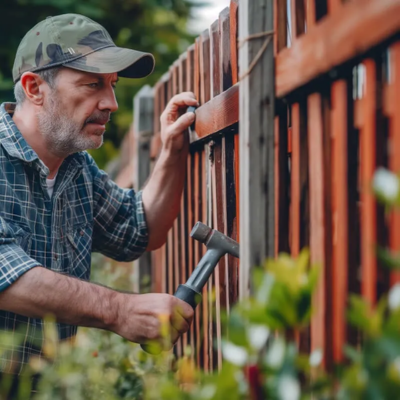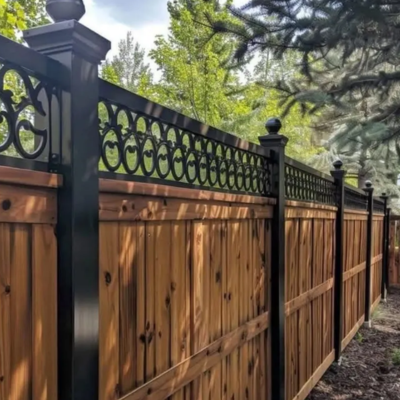Why Cheap Fences Often Cost More in the Long Run
A low upfront price can be tempting, yet it rarely reflects the real cost of owning a fence over its service life. In Queensland, intense UV, seasonal downpours, and coastal air expose weak points quickly. Cheaper products often rely on thinner steel, light-duty posts, soft fasteners, and coatings that break down under local conditions. Once movement, rust, or warping appears, the fence starts a cycle of patch jobs that never quite restore strength or finish.
False savings show up as extra site visits, panel replacements, repainting, and hardware swaps. Shallow footings loosen after heavy rain, poor drainage rots posts at ground level, and bargain fittings seize or snap. The result is more time off work to meet trades, more neighbour friction when sections fail, and a fence that drags down street appeal. Over ten to fifteen years, the “cheapest” option typically costs more than a well-specified fence that was built properly from day one.




